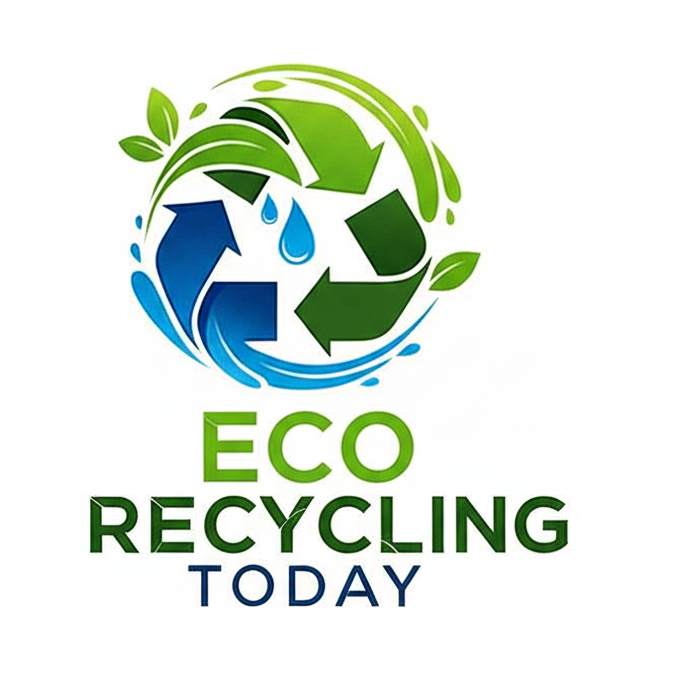Hazardous waste disposal is a critical component of waste management, ensuring that materials posing risks to health, safety, and the environment are handled and disposed of responsibly. Proper disposal methods not only protect communities but also comply with strict regulations designed to minimize environmental impact.
What is Hazardous Waste
Hazardous waste refers to materials that are toxic, corrosive, flammable, or reactive, and that pose a threat to human health or the environment. Common examples include:
Chemical Waste
Cleaning agents, solvents, and industrial chemicals.
Electronic Waste (E-Waste)
Old computers, batteries, and fluorescent light bulbs containing toxic materials like mercury and lead.
Medical Waste
- Contaminated items such as needles, syringes, and biohazardous materials.
Industrial Waste - Byproducts from manufacturing processes, including oils and heavy metals.
Household Hazardous Waste
Paint, pesticides, motor oil, and certain cleaning supplies.
How to Dispose of Hazardous Waste Safely
1. Identify Hazardous Waste
Label and separate hazardous materials from general waste. Look for warning symbols like flammable, corrosive, or toxic on packaging.
2. Follow Local Regulations
Check with local authorities or waste management companies to understand guidelines for hazardous waste disposal in your area.
3. Use Designated Drop-Off Facilities
Many communities have specialized facilities or collection days for hazardous waste. Research local options for safe disposal.
4. Hire Professional Services
Partner with certified hazardous waste disposal companies for large-scale or industrial waste.
5. Recycle When Possible
Some hazardous materials, like batteries and electronics, can be recycled. Find e-waste recycling centers in your area.
6. Store Safely
Keep hazardous waste in secure, labeled containers until it can be disposed of properly.
Innovations in Hazardous Waste Disposal
Technology is revolutionizing hazardous waste management. Advances include:
-
Plasma Arc Technology: Converts hazardous waste into inert materials through high-temperature plasma.
-
Chemical Neutralization: Treats corrosive waste to make it safe for disposal.
-
E-Waste Recycling Programs: Recover precious metals from electronics while safely disposing of toxic components.
Proper hazardous waste disposal is vital for protecting public health, preserving the environment, and ensuring regulatory compliance. By adopting safe practices and leveraging professional services, businesses and households can contribute to a cleaner, safer world. Together, we can minimize the risks associated with hazardous waste and create a more sustainable future.
If you need safe and compliant hazardous waste disposal, we can provide specialized services that ensure hazardous materials are handled, stored, and disposed of responsibly. Whether you're a business or a homeowner, our solutions meet regulatory standards and help prevent environmental and public health risks.
